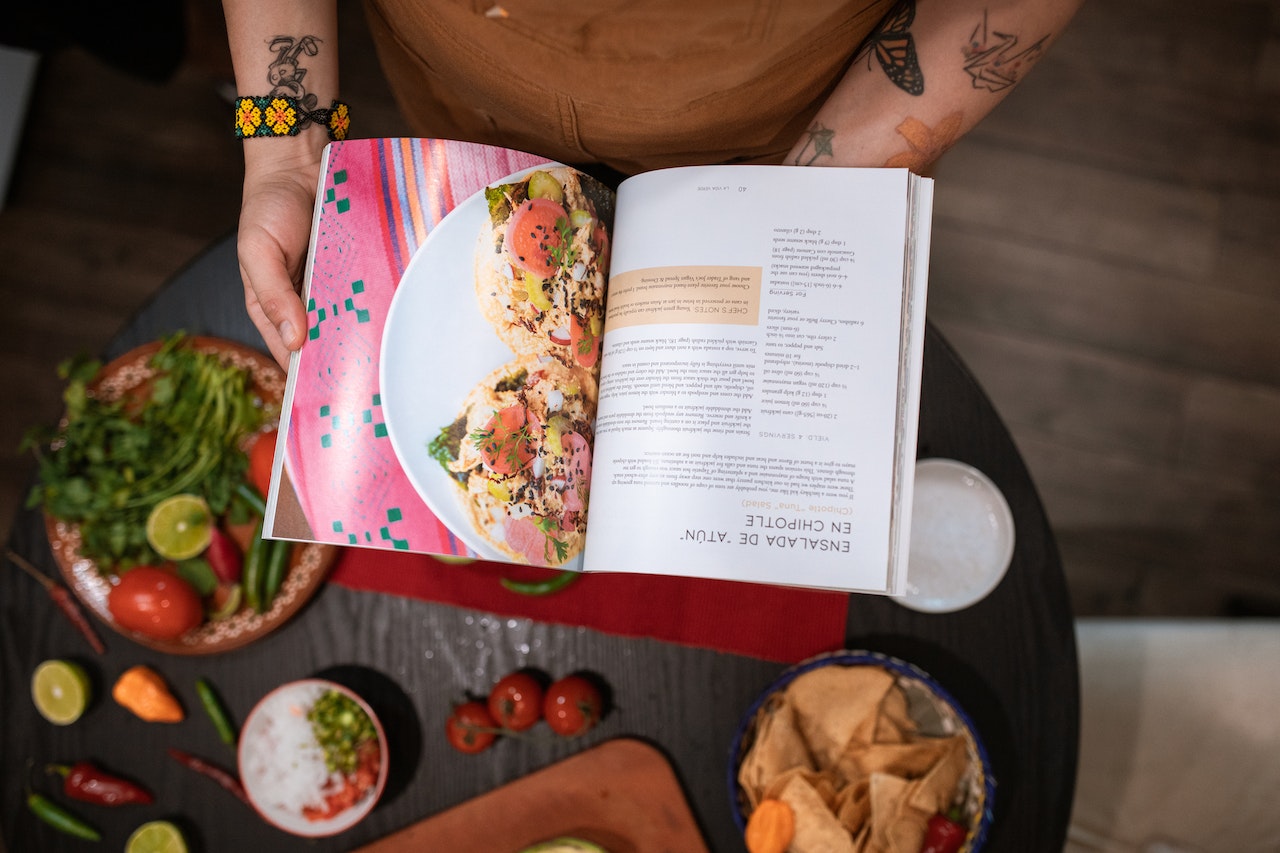A Museum in Rome Narrates Italian History Through Cookbooks and Kitchenware
Visitors to Garum, Biblioteca e Museo della Cucina, a food museum and library in the heart of Rome, will soon be able to browse display cases filled with historic kitchenware and peruse the pages of more than 120 rare cookbooks. As Ronan O’Connell reports for BBC Travel, the museum, which celebrates 500 years of Italian cuisine, is the first of its kind in Italy. Named after a fish-based sauce enjoyed by the ancient Romans, Garum is slated to reopen later this spring after a months-long closure.
Housed in a former monastery, the museum sits atop Palatine Hill, an important location in Roman mythology. According to legend, the wolf goddess Lupa breastfed the founders of Rome, Romulus and Remus, at the exact spot where the museum now stands some 2,700 years ago. Later, Romulus purportedly established Rome in that same spot.
Garum’s director, Matteo Ghirighini, says the museum aims to resurrect Italian recipes and cooking techniques that have been all but lost to time.
“Cooking as a way of reading contemporary history has often been underrated,” he tells BBC Travel. “Cooking is a product of its time and it can tell us a lot about customs, ways of thinking, specific economic and political situations. So, a cookbook is often much more than it seems.”
Rossano Boscolo, an Italian hotelier–turned–pastry chef who runs the Campus Etoile Academy cooking school in Tuscany, collected the items showcased in the museum over nearly 40 years, reports Eric Millman for Atlas Obscura.
Initially, he focused his efforts on culinary tools, from 17th-century cake molds to hand-painted terrine pots to 19th-century pasta machines to steel pots designed specifically to make the northern Italian veal dish osso bucco. (These cooking implements and others are on view on the museum’s ground floor.) Soon, Boscolo’s interests expanded to encompass historic cookbooks; per Atlas Obscura, he “compil[ed] a collection that is at once comprehensive and eclectic.”
Speaking with Vice’s Andrea Strafile, Ghirighini says the team’s goal “was not to simply put old books in display cases,” but rather “to create a story of how eating habits have changed over the centuries.” Located on the second floor of the museum, the cookbook display spans the medieval era through the late 20th century.
Among the 127 cookbooks in the collection is a first edition of Pellegrino Artusi’s Science in the Kitchen and the Art of Eating Well (1891). Essentially the Mastering the Art of French Cooking of its day, the guide attempted to bring fine Italian cuisine to the masses, writes Sarah Rose Sharp for Hyperallergic. One of Artusi’s recipes, for a sweet Lentin Spaghetti popular with children, featured ground walnuts, breadcrumbs, confectioner’s sugar and allspice.
“Artusi was like the first food blogger,” Laila Tentoni, president of living museum and culinary school Casa Artusi, tells BBC Travel. “Artusi suggests to be simple, to use local, seasonal and quality products. Always you must choose the finest ingredients as your raw materials, for these will make you shine, Artusi wrote.”
Other highlights include a copy of the oldest mass-printed cookbook, Bartolomeo Platina’s 1474 On Honourable Pleasure and Health, and The Opera of Bartolomeo Scappi, written in 1570 by the private chef of Pope Pius V. The latter brought the recipes of the Vatican to the public, which had yet to try Pius’ favorite snack: Bolognese frog liver fritters.
While many of the recipes in the collection have fallen out of fashion—like eel pie or frogs soaked in sauce made from unripened grapes—the cookbooks also contain the first printed recipes for modern Italian staples like panettone, meringues and (a far spicier version of) tomato sauce. The museum houses a number of French cookbooks, too, as France’s cuisine had a significant influence on northern Italian cuisine—particularly in the 19th century, when Napoleon was at the height of his power, per Vice.
